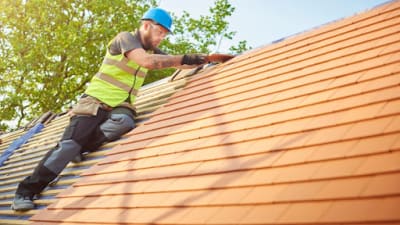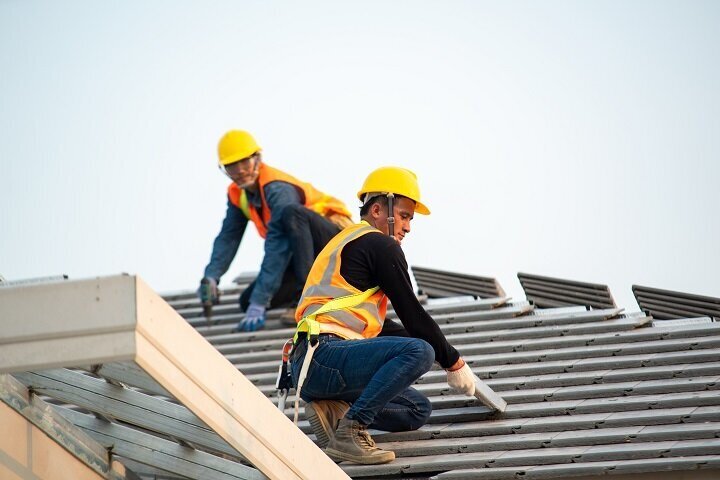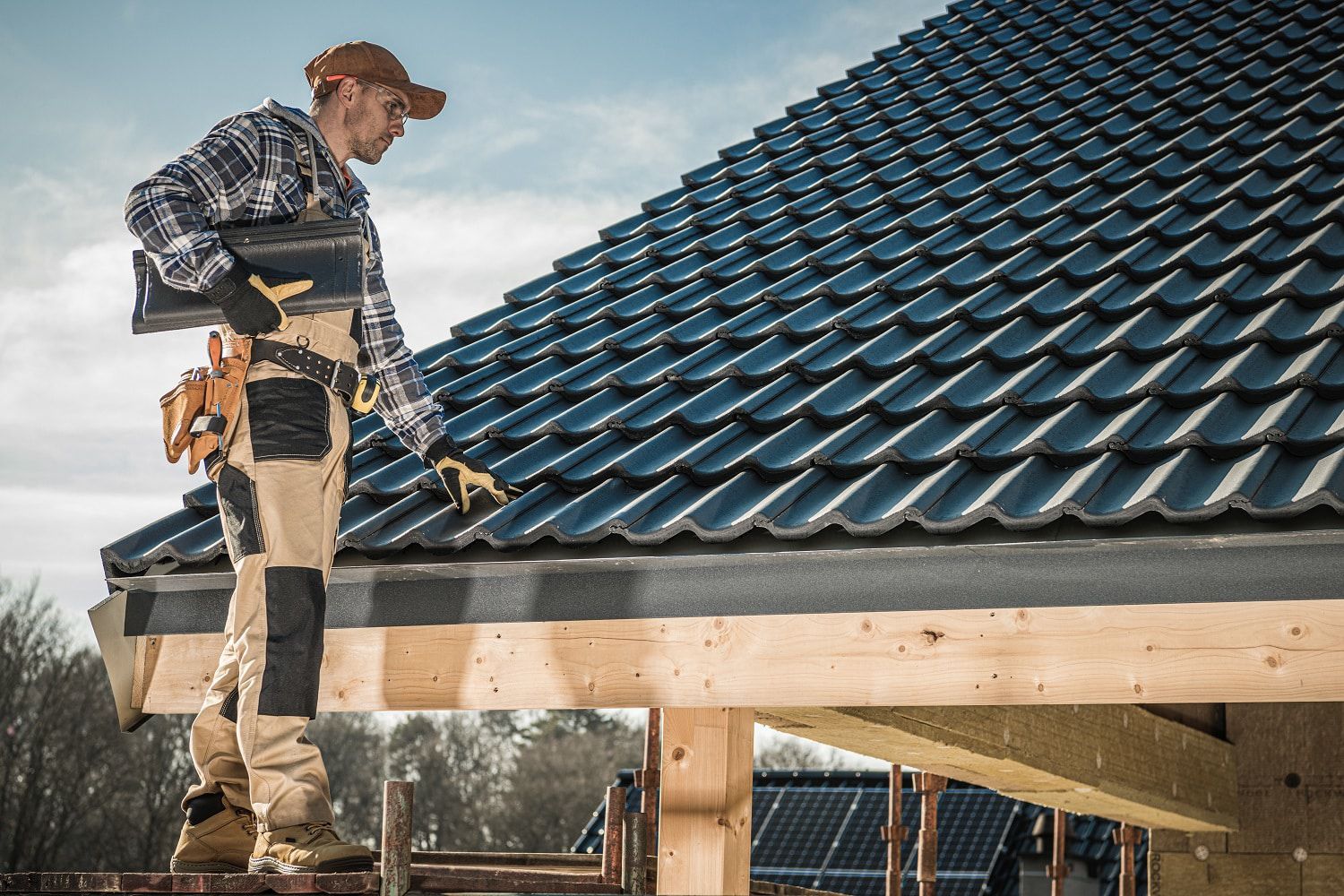Just How to Assess Various Roof Options for Your Structure Needs
Evaluating roofing choices for your structure calls for a comprehensive approach that thinks about different aspects such as the meant usage of the framework, regional environment problems, and material attributes - Toledo Roofer. It is important to consider the benefits and drawbacks of different roofing types, from asphalt shingles to metal and clay floor tiles, while likewise factoring in initial prices and long-term upkeep.
Analyzing Your Structure's Needs
To successfully assess roof covering choices, start by thoroughly analyzing your building's needs. Start by taking into consideration the building's planned use, as different frameworks may require differing roof specifications. For circumstances, domestic roofing systems commonly prioritize aesthetics and insulation, while commercial structures may concentrate on resilience and load-bearing ability.
Following, review the neighborhood environment conditions that will certainly affect roof performance. Variables such as temperature changes, rainfall levels, and wind patterns can influence material choice and style. A roof system that masters a temperate environment might not carry out as well in locations susceptible to heavy snowfall or extreme warmth.
Additionally, analyze the structural integrity of your building. Ensure that the existing structure can sustain the chosen roof covering materials, particularly if taking into consideration much heavier alternatives. It is additionally crucial to review any type of local building regulations or laws that may determine certain demands for roofing systems.

Contrasting Roof Covering Materials
As soon as a comprehensive assessment of your building's needs has been completed, the next action involves comparing various roofing materials. Each material provides distinct advantages and drawbacks, making it necessary to straighten your selection with your details needs and scenarios.
Asphalt roof shingles are widely acknowledged for their price and simplicity of installment, making them a preferred alternative for property structures. On the other hand, metal roof, understood for its resilience and longevity, can stand up to rough weather but may come with a higher preliminary investment.
Clay and concrete floor tiles supply exceptional thermal insulation and visual appeal, specifically for Mediterranean-style architecture, yet they call for a more robust structural support as a result of their weight. Timber drinks offer a natural appearance and good insulation residential or commercial properties but might demand extra upkeep and are vulnerable to fire hazards.
Evaluating Expense and Budget Plan
Analyzing your roof alternatives necessitates a mindful assessment of price and budget plan factors to consider. The general budget for a roof project consists of several variables, this contact form including material costs, labor expenditures, maintenance, and prospective long-term financial savings. It is vital to develop a clear budget prior to checking out certain roof products, as this will certainly guide the decision-making process and assist you stay clear of overspending.
Begin by acquiring quotes from several service providers to comprehend labor expenses in your area. Guarantee that these view publisher site quotes consist of all needed services, such as removal of the old roofing system, installation, and any extra functions, like insulation or air flow enhancements - Toledo Roofer. Next, assess the cost of various roof materials, considering both first installation costs and anticipated lifespan

Understanding Energy Efficiency
Power effectiveness plays a critical role in the choice of roof products and systems, dramatically impacting both energy consumption and overall comfort within a building. An appropriate roofing can improve thermal efficiency, lowering the demand for home heating and cooling down systems, which subsequently lowers energy costs and reduces environmental influence.
When reviewing roof choices, think about products that reflect instead than take in warmth. In addition, appropriate insulation and ventilation are essential to maximize the energy effectiveness of the entire roofing system.
Another crucial element is the roofing system's longevity and maintenance needs. Sturdy products that call for much less regular replacement contribute to long-lasting power cost savings. In addition, the power effectiveness of a roofing system can also be evaluated through its conformity with well-known sustainability scores such as power STAR or LEED.
Taking Into Consideration Aesthetic Appeal
A roof's aesthetic appeal considerably influences the overall appearance of a structure, matching its architectural style and improving visual allure. Perrysburg Roofer. When assessing roof options, it is important to take into consideration exactly how the picked material, color, and layout will integrate with the existing framework and neighborhood. A well-designed roof can elevate also the simplest of buildings, transforming them right into aesthetic prime focus
Different roof products provide different aesthetic top qualities. For instance, conventional roof shingles might evoke a timeless charm, while steel roof covering can give a modern-day, streamlined appearance. In addition, the shade of the roof product plays an essential duty; lighter tones my company can make a structure appear more roomy, while darker tones may produce a cozier atmosphere.
In addition, building aspects, such as dormers and eaves, can improve the roof's aesthetic impact. It is a good idea to speak with specialist developers or architects to guarantee the selected roofing option straightens with the total layout intent. Inevitably, a roof needs to not only supply practical benefits but additionally contribute positively to the building's visual, showing the owner's taste and the personality of the surrounding atmosphere.
Final thought
